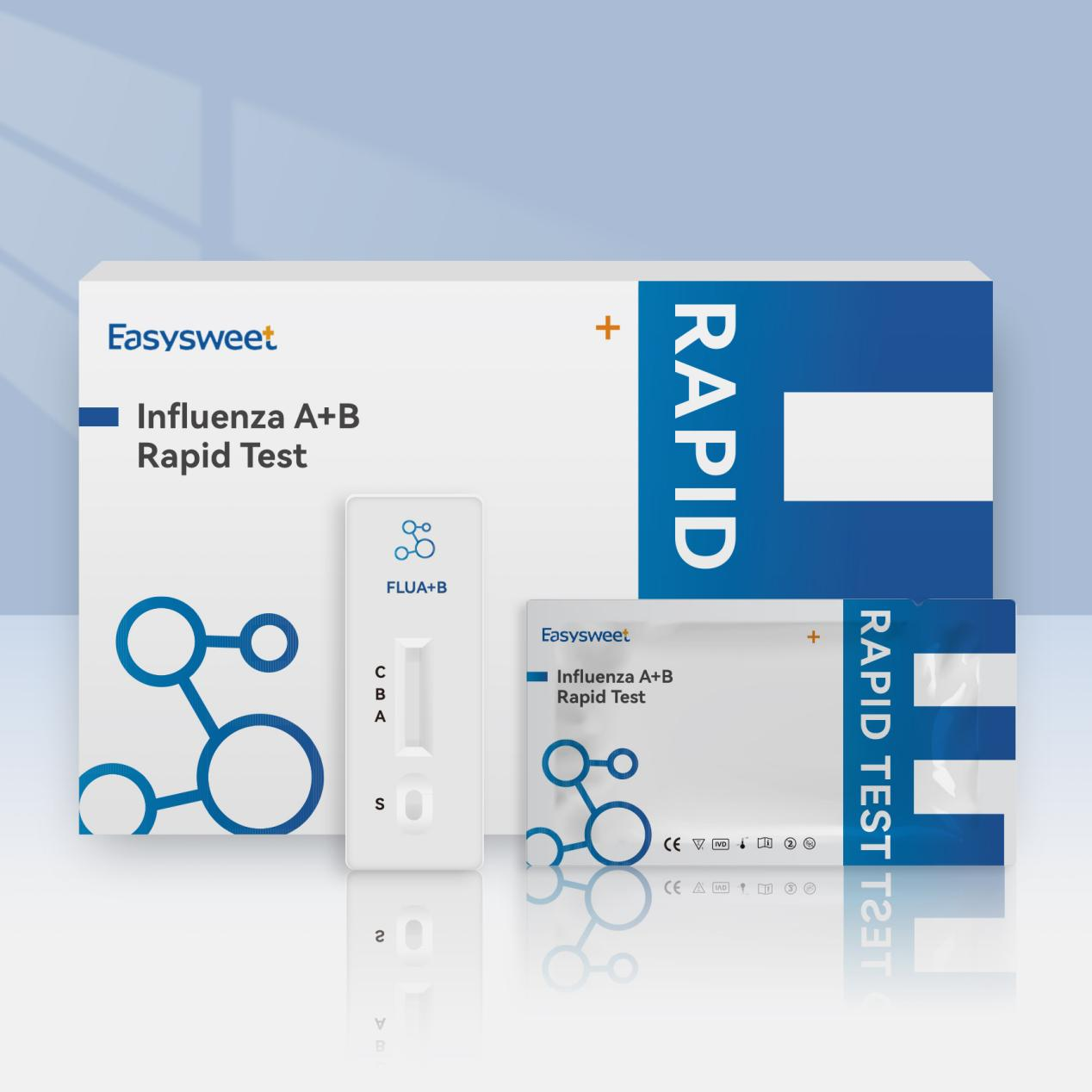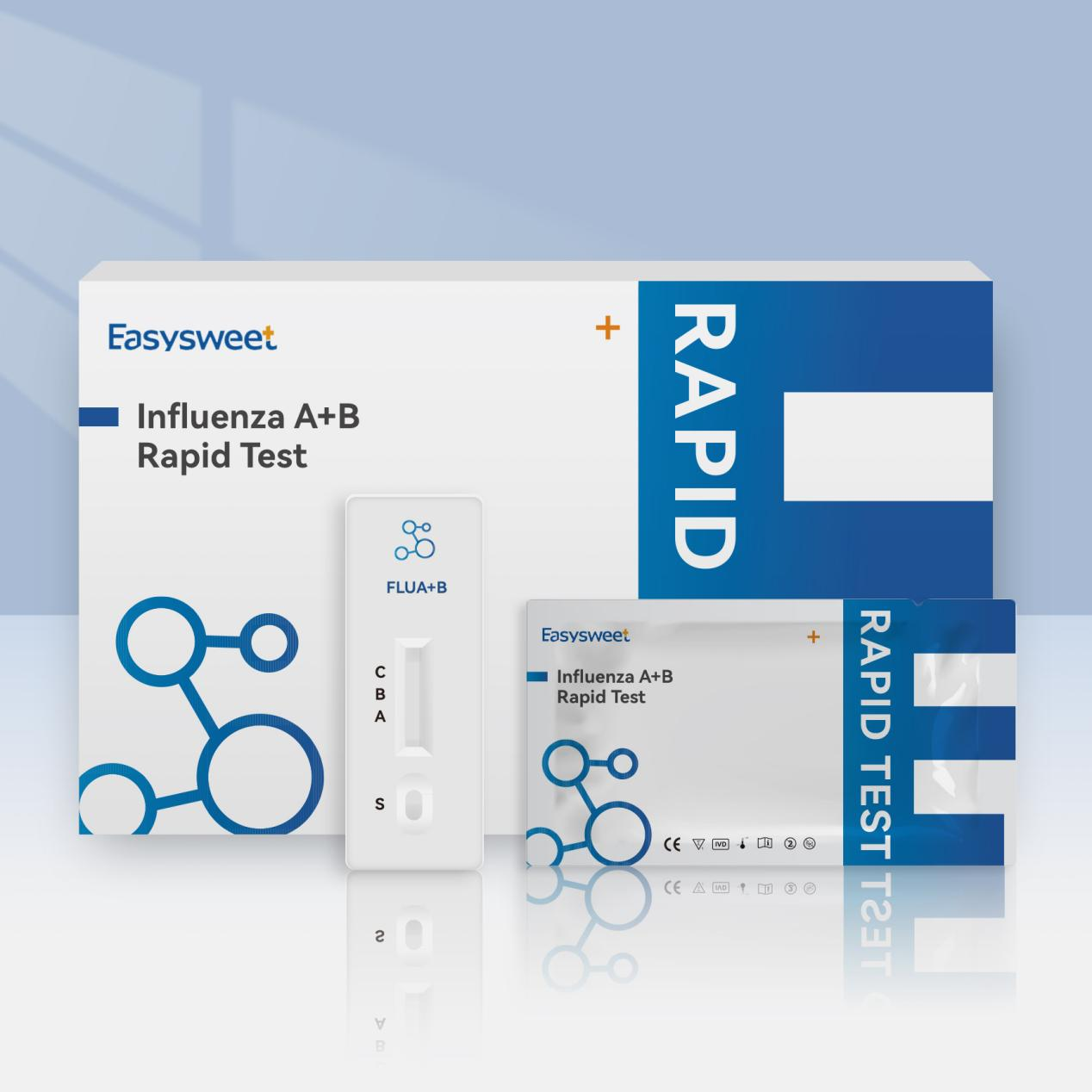The Easysweet Influenza A+B Rapid Test is a crucial tool in managing and containing outbreaks of the flu. The test is designed to quickly determine the presence of the virus in a patient’s system, allowing for prompt treatment and preventing further spread.

There are various methods for rapid detection of Influenza A and B, including antigen-based tests, PCR tests, and serology tests. Antigen-based tests involve detecting the presence of specific viral proteins, while PCR tests detect the genetic material of the virus. Serology tests, on the other hand, identify antibodies produced in response to the virus.
Easysweet Influenza A+B Rapid Test are typically performed using a nasal or throat swab, or a blood sample. The sample is then processed in a laboratory, with results available within a matter of hours. In some cases, rapid tests can even provide results on-site in a matter of minutes.
The accuracy of rapid detection tests for Influenza A and B can vary depending on the method used, the stage of infection, and other factors. Antigen-based tests are known to be less sensitive than PCR tests, and may not detect the virus in its early stages. Serology tests are useful for detecting past exposure to the virus, but may not be as effective in the acute phase of infection.
Despite some limitations, Easysweet Influenza A+B Rapid Test remains an important tool for healthcare professionals in managing outbreaks and protecting public health. They allow for quick and accurate diagnoses, prompt treatment, and effective measures to prevent the further spread of the virus.
It is important to note that a positive result from an Easysweet Influenza A+B Rapid Test should be confirmed by additional testing, as false-positive results can occur. Nevertheless, rapid detection tests play a crucial role in managing outbreaks and protecting public health, and will likely continue to evolve and improve in the coming years.


